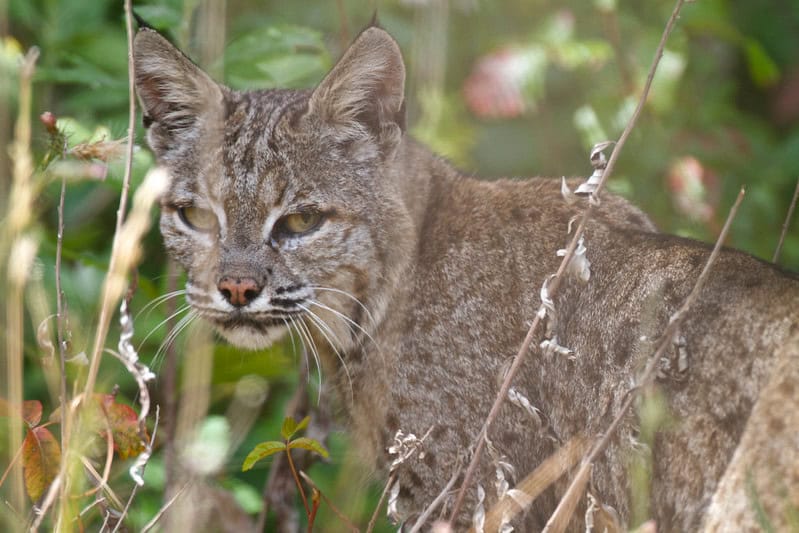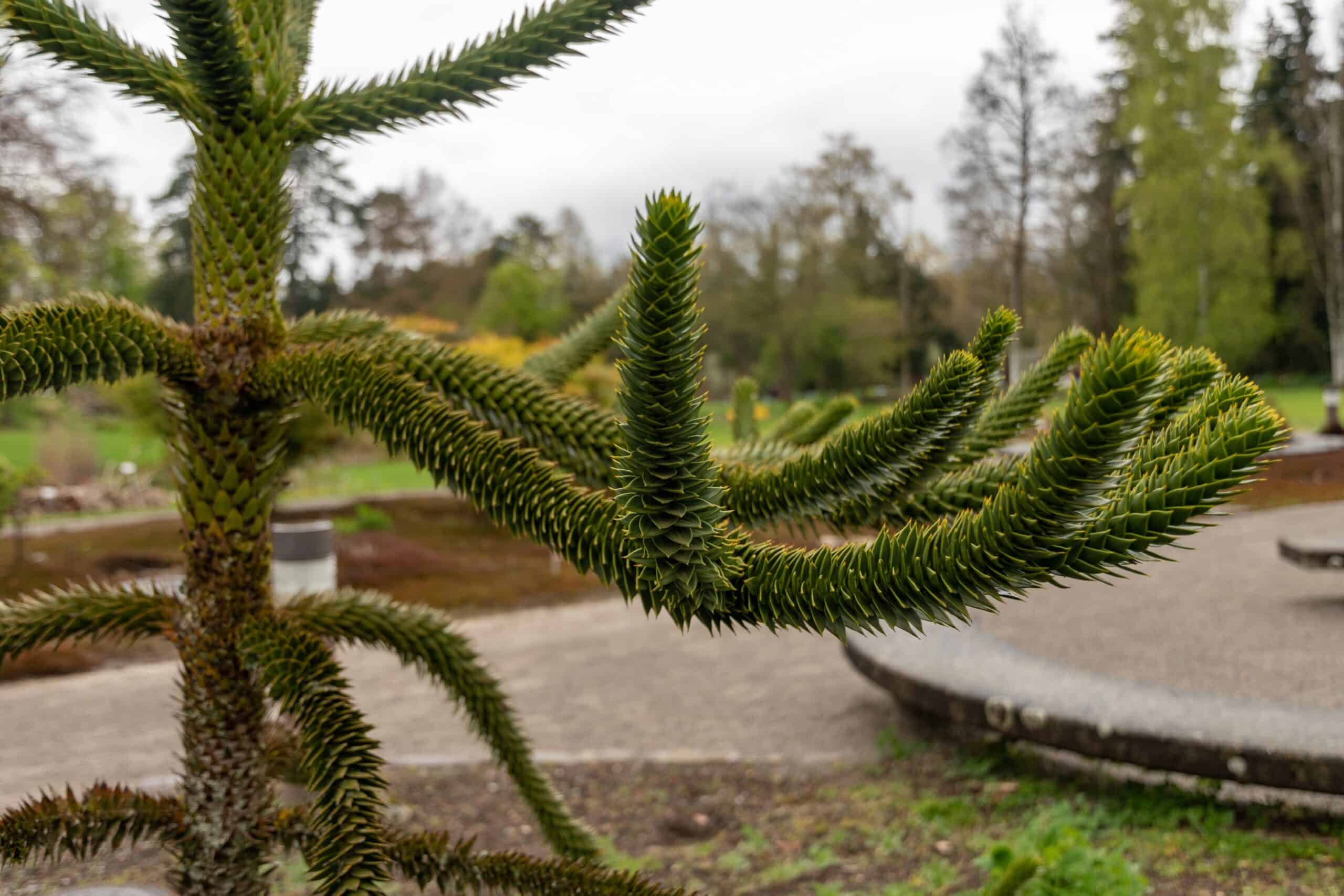Discovering new species is always an exciting event for scientists and nature enthusiasts alike. Recently, researchers have identified several rare and fascinating animals across the globe. These discoveries not only add to our understanding of biodiversity but also highlight the importance of conservation efforts. Here, we present a list of 13 recently discovered rare animals, each with unique characteristics that make them stand out in the natural world.
Illacme tobini

Discovered in a cave in California, the Illacme tobini is a millipede with an impressive 414 legs. Measuring only a few centimeters long, this creature exhibits a translucent body. Researchers were astounded by its unique chemical defenses, which include producing silk and unusual compounds. Its discovery adds to the diversity of millipedes known in North America. These characteristics highlight the complexity and mystery of cave ecosystems.
Gracilimus radix
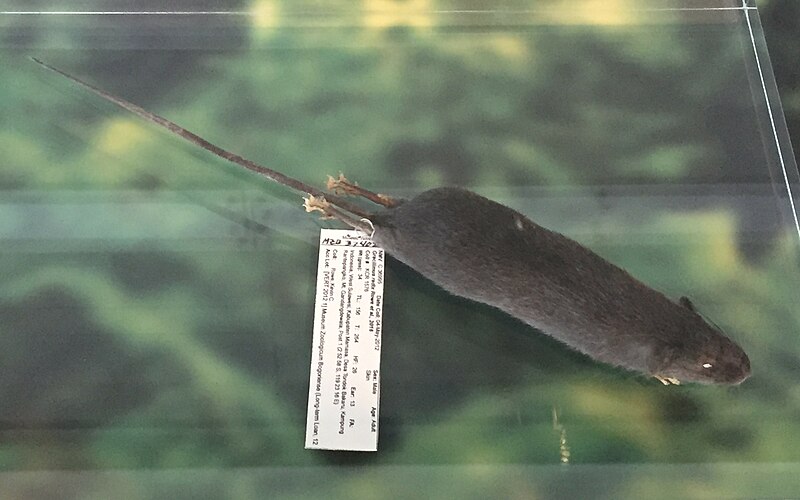
This slender rat from Indonesia, Gracilimus radix, was discovered in Sulawesi. Unlike other rats, it has a diverse diet, consuming both plant and animal matter. The rodent’s discovery is significant due to its unique evolutionary traits. It challenges previous understandings of rodent diversity in the region. Its long, thin tail and distinctive whiskers set it apart from other species.
Scolopendra cataracta
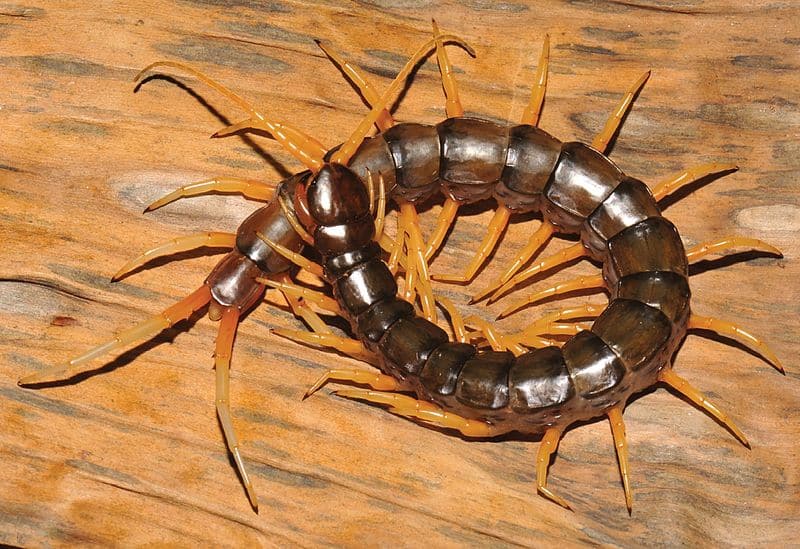
The first known amphibious centipede, Scolopendra cataracta, was discovered in Southeast Asia. This centipede can both swim and walk on land, showcasing remarkable adaptability. Its dark, shiny body and large size make it a fascinating subject for entomologists. Researchers found it living near waterfalls, hence its name ‘cataracta’. The discovery of this species has expanded our understanding of centipede habitats.\
Pristimantis mutabilis
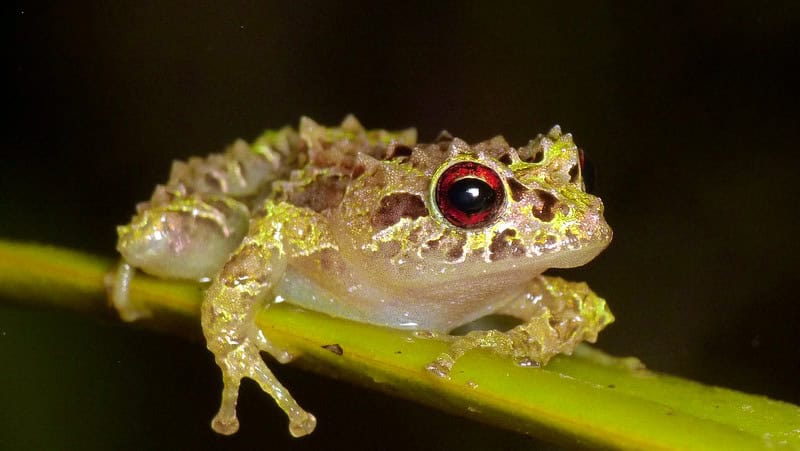
Known as the mutable rainfrog, Pristimantis mutabilis was discovered in Ecuador’s cloud forests. This frog can change its skin texture from smooth to spiny, blending into its surroundings. Its discovery has provided insights into amphibian adaptability and camouflage. The frog’s ability to alter its appearance within minutes is a defense mechanism against predators. Such adaptations highlight the rich diversity of life in Ecuadorian forests.
Hyalinobatrachium yaku
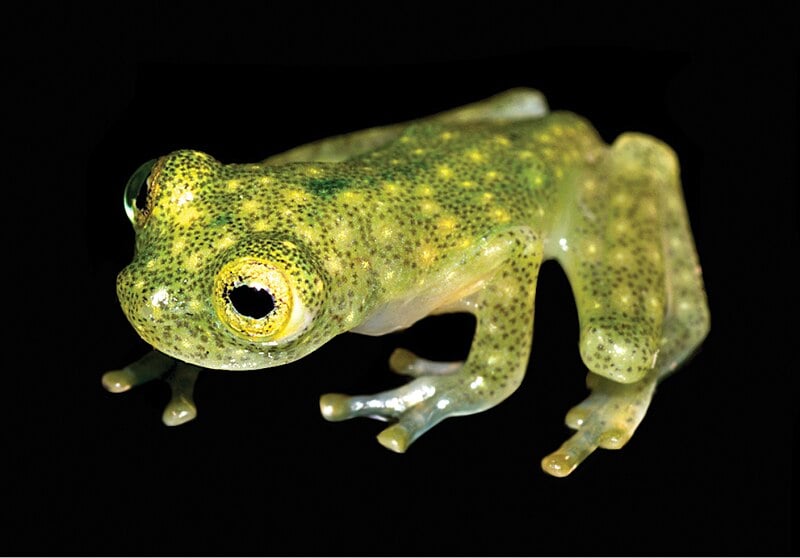
The Yaku glass frog, found in the Ecuadorian Amazon, has a transparent belly revealing its internal organs. This unique feature allows scientists to study its anatomy without dissection. Its bright green coloration and striking eyes make it a visually stunning species. Discovered recently, it adds to the catalog of glass frogs known for their distinctive appearance. These frogs are crucial indicators of environmental health in their habitats.
Cebrennus rechenbergi
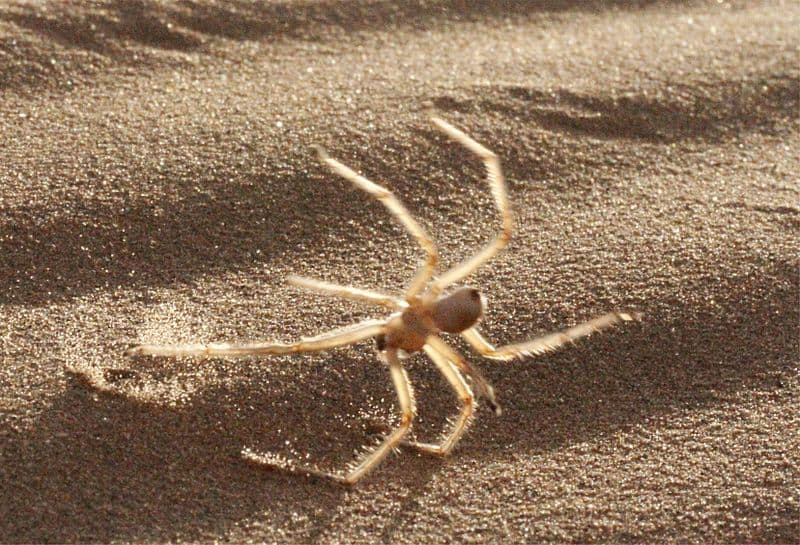
Cebrennus rechenbergi, a newly discovered spider in Morocco, is known for its unique rolling escape mechanism. When threatened, it flips and rolls away to evade predators. This behavior is rare and highlights the spider’s adaptability in the harsh desert environment. Its discovery has intrigued arachnologists and prompted further studies on spider locomotion. The spider’s remarkable escape technique is a survival strategy in an unforgiving habitat.
Ophiojura
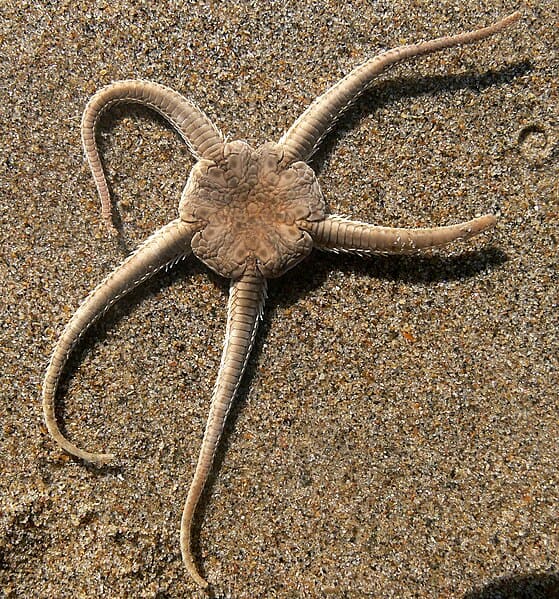
Ophiojura is a newly identified brittle star discovered off the coast of Australia. This deep-sea creature has a unique skeletal structure, unlike any other known brittle star. Its long, slender arms and ability to regenerate them are of particular interest to scientists. The discovery of Ophiojura has shed light on the evolution of brittle stars. Its presence in the deep ocean adds to the enigmatic nature of marine life.
Thylacodes vandyensis
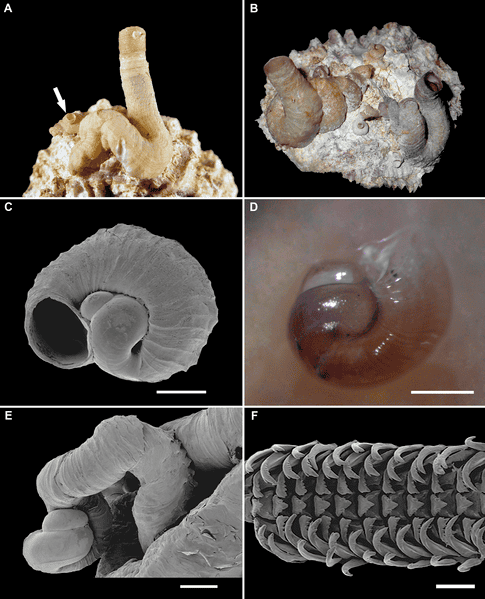
Thylacodes vandyensis, a new species of worm snail, was discovered in the Florida Keys. Unlike typical snails, it secretes a mucus net to capture plankton and detritus. This feeding strategy sets it apart from other gastropods. Its discovery has provided new insights into the diversity of snail feeding mechanisms. The worm snail’s unique adaptations make it a fascinating subject for marine biologists.
Eriovixia gryffindori
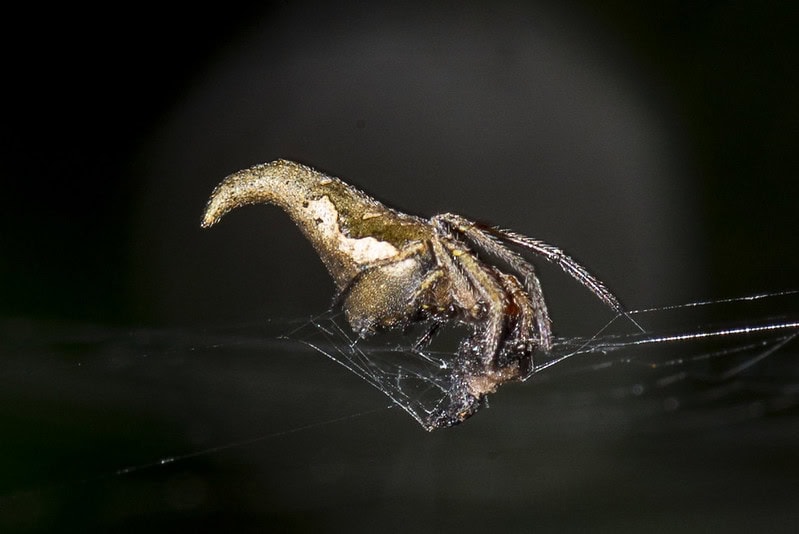
Named after the Harry Potter character Godric Gryffindor, this new spider species was found in India. Eriovixia gryffindori has a hat-shaped body that resembles the magical Sorting Hat. Its cryptic appearance helps it blend into its surroundings, avoiding predators. The spider’s discovery highlights the rich biodiversity of the Indian subcontinent. Its unique shape and naming have garnered interest from both scientists and the public.
Phryganistria tamdaoensis
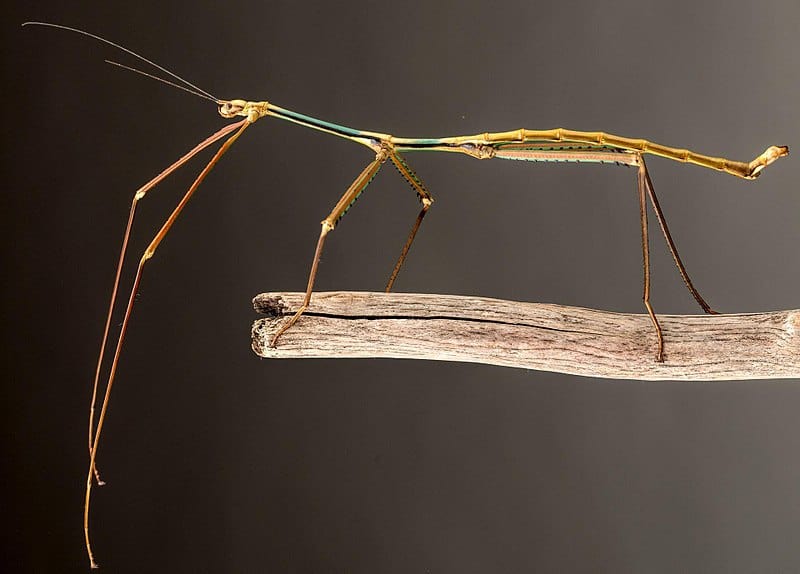
Discovered in Vietnam, Phryganistria tamdaoensis is one of the world’s longest insects, a giant stick insect. Its elongated body mimics twigs and branches, providing excellent camouflage. This species’ discovery has expanded our understanding of stick insect diversity. Researchers are intrigued by its size and the ecological role it plays in its habitat. The insect’s remarkable mimicry showcases nature’s evolutionary creativity.
Lynx rufus californicus
A new subspecies of bobcat, Lynx rufus californicus, was identified in California’s Sierra Nevada. This bobcat has distinctive markings and a larger body size compared to other subspecies. Its discovery has implications for understanding bobcat population dynamics and conservation. Researchers are studying its habitat preferences and ecological impact. The subspecies’ identification highlights the rich biodiversity within California’s mountain ranges.
Paedophryne amauensis

Discovered in Papua New Guinea, Paedophryne amauensis holds the title of the world’s smallest vertebrate. Measuring just 7.7 millimeters in length, this tiny frog lives in leaf litter on the forest floor. Its discovery has provided insights into miniaturization in amphibians. Researchers are fascinated by its diminutive size and unique life cycle. The frog’s presence underscores the rich biodiversity of New Guinea’s rainforests.
Tapanuli orangutan
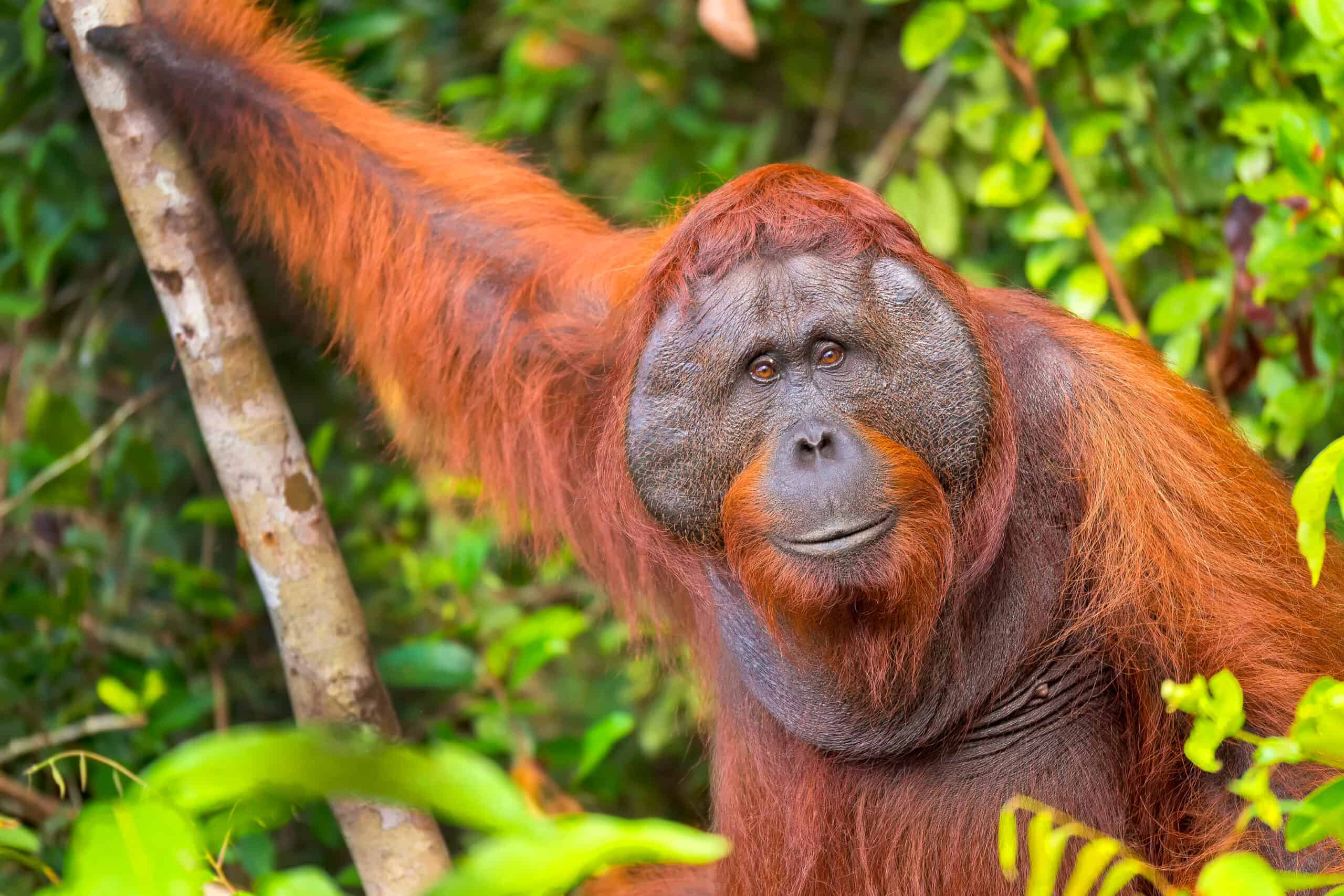
The Tapanuli orangutan, found in the Batang Toru forest of Sumatra, was identified as a new species of great ape. It is distinguished from other orangutans by its genetic, morphological, and behavioral differences. Its discovery has significant implications for conservation efforts, as it is critically endangered. Researchers are focused on understanding its ecology and ensuring its survival. The identification of this new species underscores the urgent need to protect its habitat.
This article originally appeared on Rarest.org.
More From Rarest.Org
Pianos are not just musical instruments; they are also symbols of artistry, craftsmanship, and history. Over the years, some pianos have gained immense value, becoming coveted treasures for collectors and music enthusiasts alike. Read more.
Craft beer enthusiasts know that the world of beer is full of diverse and exciting styles. This article delves into some of the most unique craft beer styles that offer something special for every palate. Read more.
Trees are vital to our planet’s health and our well-being. Some trees are so rare that they exist only in small pockets around the world. This list explores these rare treasures, detailing their unique characteristics and habitats. Read more.

